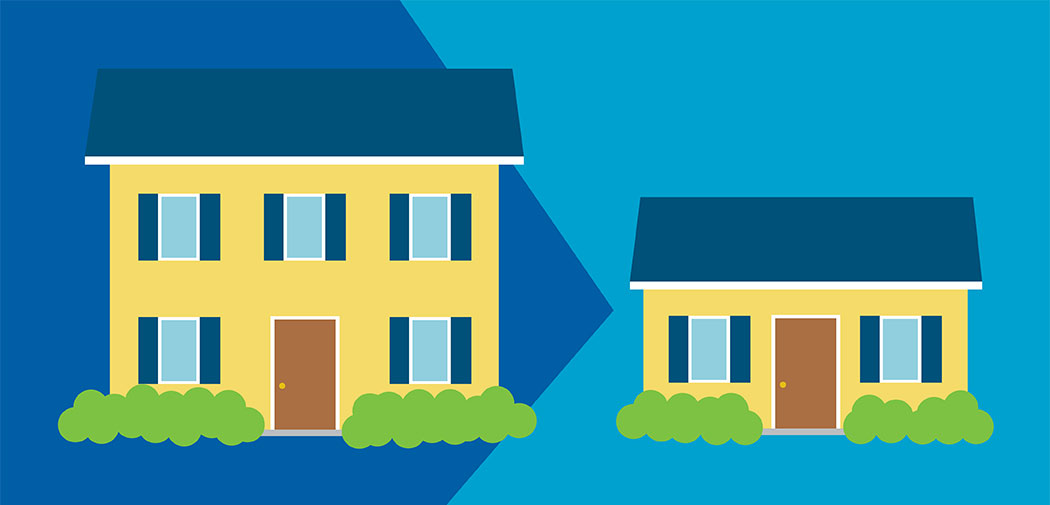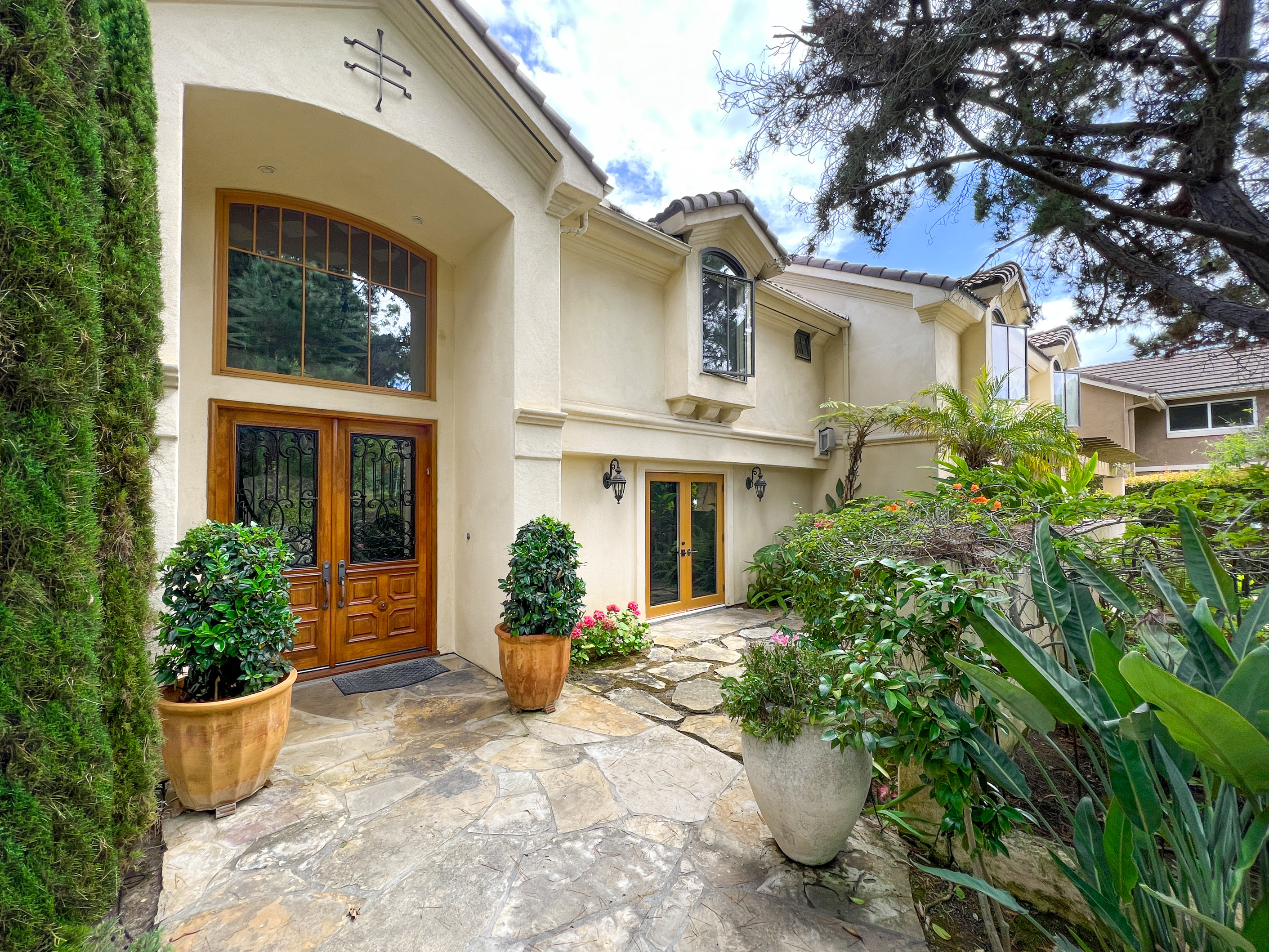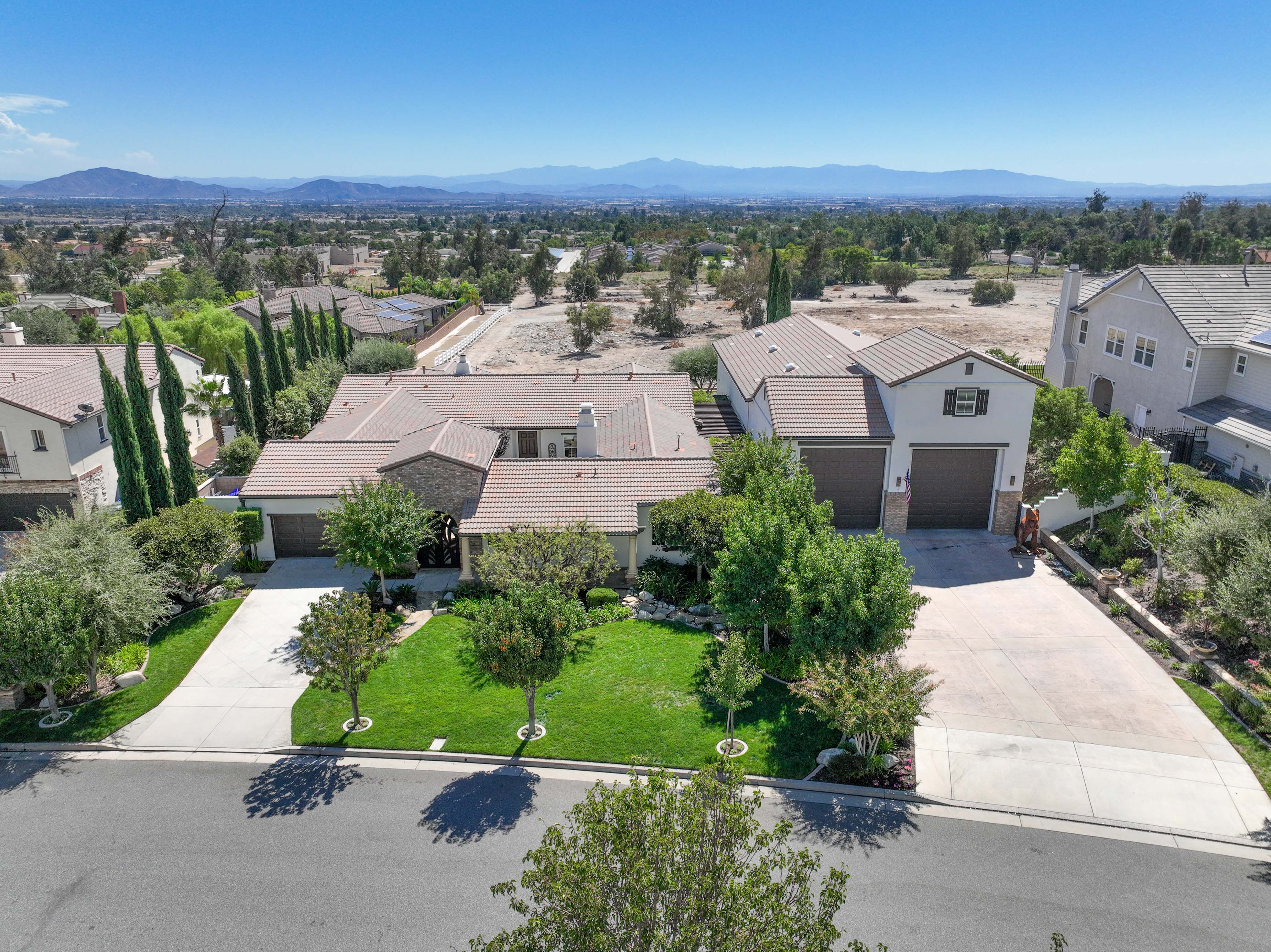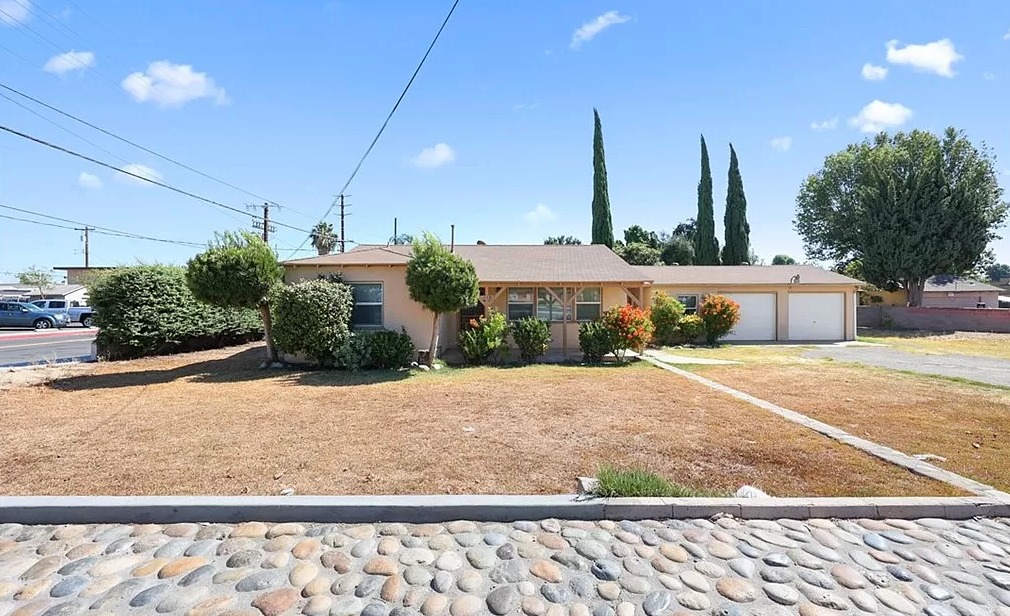WHAT IS IT?
In specific counties in California, seniors over age 55 may transfer their property tax basis to a new residence. They may do this so long as the purchase price of the new home is equal to or less than the sales price of the previous residence.
This benefit can only be used one time and must meet specific eligibility requirements. The purpose of this benefit is to not penalize seniors with additional property tax burdens for making a lifestyle change.
WHAT LAWS HAVE ENABLED THIS PROPERTY TAX BENEFIT FOR SENIORS?
- CA Proposition 13 – Enacted in 1978
- The maximum amount of any ad-valorem real property tax shall not exceed 1% of the cash value of such property.
- Restricted annual increases of assessed value of real property to an inflation factor, not to exceed 2% per year. It also prohibited reassessment of a new base-year value except for in cases of change in ownership, or completed construction.
- CA Proposition 60 – Enacted in 1986
- The amendment allows homeowners over the age of 55 to transfer the assessed value of their present home to a replacement home if the replacement home is located in the same county, is of equal or lesser value than the original property, and was purchased or newly constructed within two years of the sale of the present property.
- CA Proposition 90 – Enacted in 2015
- Broadens the scope of Proposition 60. Allows transfers from one county to another county in California. Is up to the discretion of each county to authorize such transfers.
PARTICIPATING COUNTIES
Alameda, Orange, San Diego, Tuolumne, El Dorado, Riverside, San Mateo, Ventura, Los Angeles, San Bernardino, Santa Clara
WHAT ARE THE MOST IMPORTANT ELIGIBILITY REQUIREMENTS?
- You, or spouse residing with you, must have been at least 55 years old when the original property was sold.
- The replacement property must be your principal residence
- The replacement property must be of equal or lesser “current market value” than the original property. The “equal or lesser” test is applied to the entire replacement property, even if the owner of the original property purchases only a partial interest in the replacement property. Owners of two qualifying original properties may not combine the values of those properties in order to qualify for a Proposition 60 base-year value transfer to a replacement property of greater value than the more valuable of the two original properties.
- The replacement property must be purchased/built within two years (before or after) of the sale of the original property.
- 100% or less of the market value of the original property if a replacement property were purchased. Or, newly constructed before the sale of the original property.
- 105% or less of the market value of the original property if a replacement property were purchased or newly constructed within the first year after the sale of the original property.
- 110% or less of the market value of the original property if a replacement property were purchased or newly constructed within the second year after the sale of the original property.
- To receive retroactive relief from the date of transfer, you must file your claim within three years following the purchase date or new construction completion date of the replacement property.
- Your original property must have been eligible for the homeowners’ or disabled veterans’ exemption, either at the time it was sold or within two years of the purchase or construction of the replacement property.

Huffington Post
About the Author
Greg Robertson is a Broker at Class Realty Group’s San Diego office. Reach him by email at grobertson@classrealtygroup.com or by phone at 858-333-2422.






